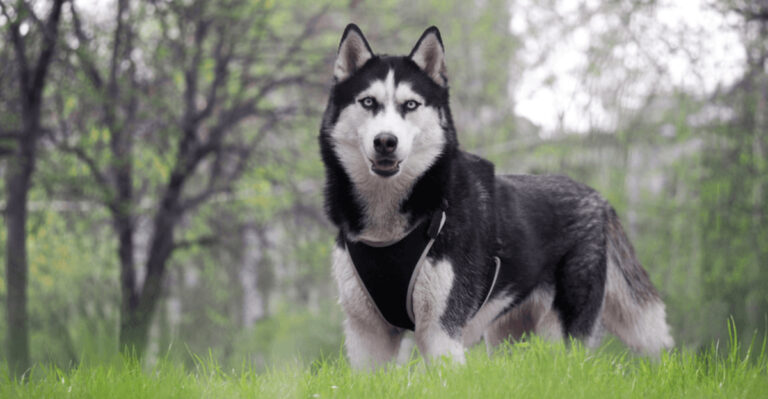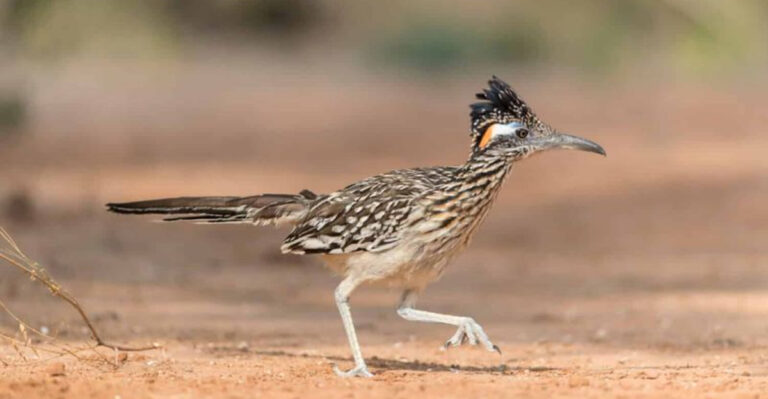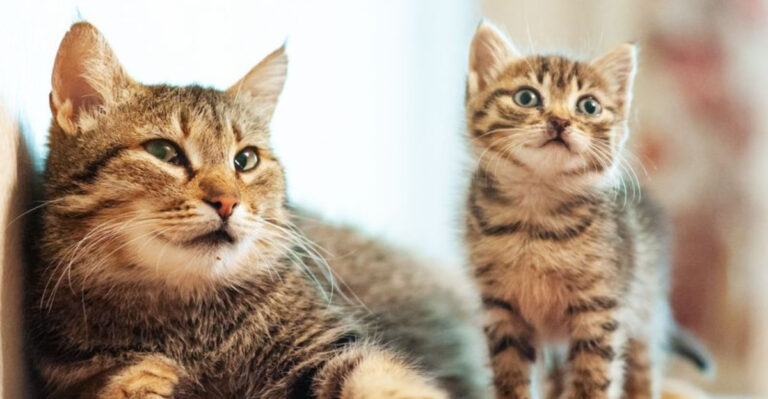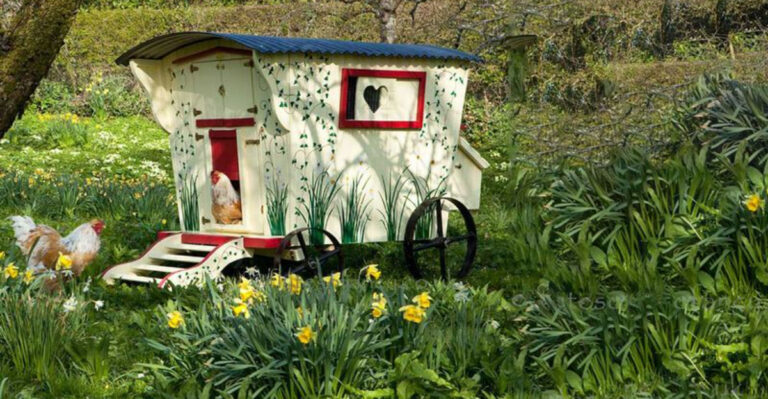15 Dog Breeds That Are Natural Hunters
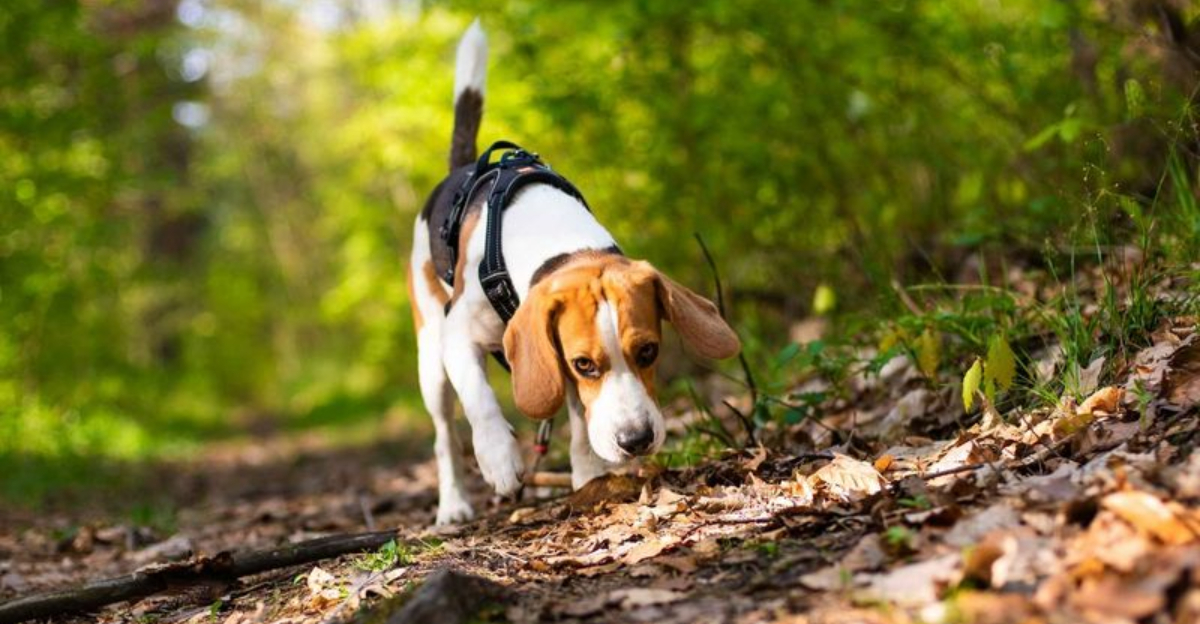
Dogs have been our hunting companions for thousands of years, using their incredible senses and instincts to help humans track and catch prey.
From pointing out birds hiding in tall grass to chasing foxes through dense forests, these canine partners have specialized skills passed down through generations.
Whether you’re looking for a hunting companion or just curious about different breeds, these natural-born hunters showcase the amazing abilities dogs have developed alongside humans.
1. Labrador Retriever: The Waterfowl Specialist
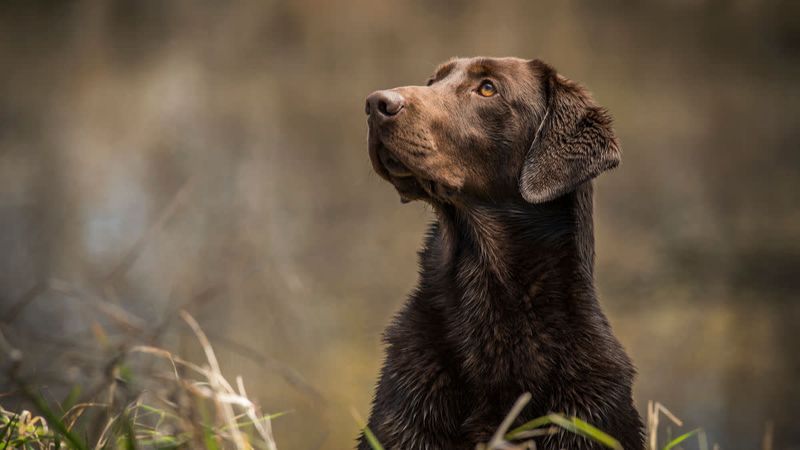
Bred in Newfoundland (not Labrador!) to help fishermen retrieve nets and fish, Labs evolved into exceptional waterfowl hunters. Their water-resistant double coat and webbed feet make them natural swimmers even in icy waters.
The Lab’s soft mouth allows it to carry birds without damaging them – a crucial skill for hunters. Their legendary patience means they’ll sit motionless in a duck blind for hours, then spring into action the moment a bird falls.
2. Bloodhound: The Tracking Maestro
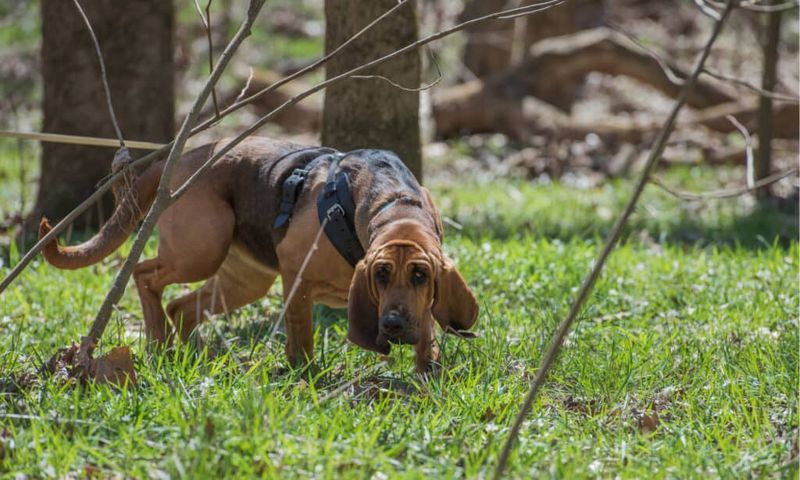
With the most powerful nose in the dog world – over 300 million scent receptors – Bloodhounds can follow trails that are more than two weeks old! Their long, droopy ears actually help stir up scent particles from the ground as they move.
Originally bred by medieval monks in Belgium, these dogs were later used to track poachers and escaped criminals. A Bloodhound’s scent evidence is so reliable that it’s admissible in court in many states.
3. Jack Russell Terrier: The Underground Hunter
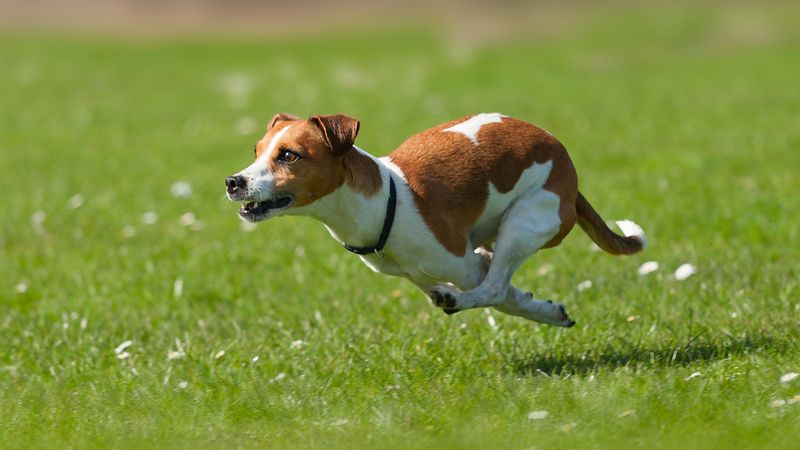
Don’t let their small size fool you – Jack Russells were designed to be fearless fox hunters. These little powerhouses would chase foxes into their dens and either drive them out or hold them there until hunters arrived.
Their compact bodies allow them to squeeze into tight spaces, while their boundless energy keeps them going all day. Modern Jack Russells excel at barn hunt competitions where they locate rats hidden in hay bales – satisfying their natural hunting drive.
4. German Shorthaired Pointer: The Versatile Hunter
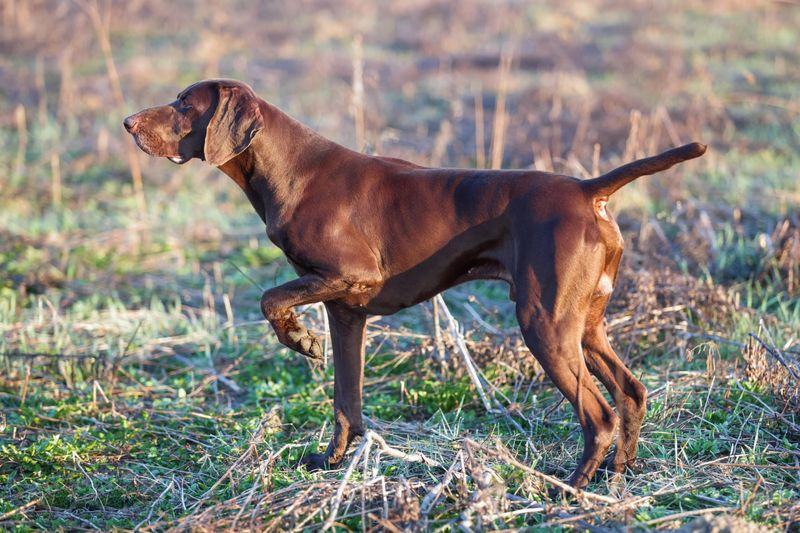
Few hunting dogs match the versatility of the German Shorthaired Pointer. These athletic dogs excel at hunting birds, rabbits, raccoons, and even deer across any terrain – from dense forests to open fields.
Their distinctive pointing stance – one paw raised, body frozen, nose aimed directly at hidden prey – is an instinctive behavior that requires no training. GSPs can transition seamlessly between pointing, tracking, and retrieving, making them the Swiss Army knife of hunting dogs.
5. Dachshund: The Badger Exterminator
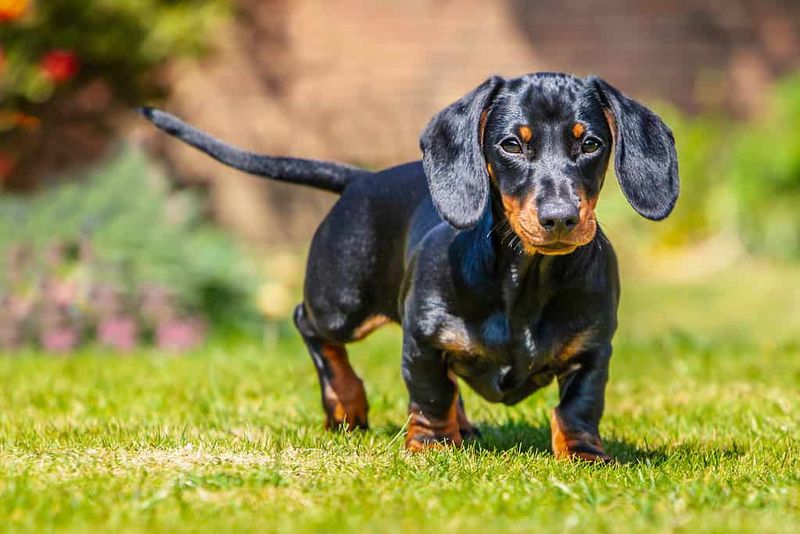
Those short legs and long bodies weren’t designed for cuteness – Dachshunds were engineered to battle badgers underground! Their name literally means “badger dog” in German, revealing their original purpose.
The Dachshund’s barrel chest provides lung capacity for extended underground work, while their stubby legs allow them to dig and maneuver in tight tunnels. Despite their comical appearance, they possess surprising courage, often taking on prey much larger than themselves.
6. Weimaraner: The Ghost-Like Tracker
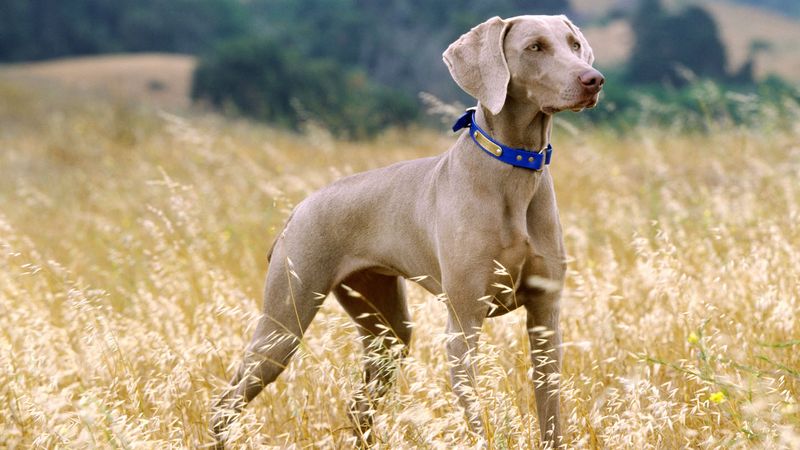
Nicknamed “the Gray Ghost” for their distinctive silver coat and stealthy hunting style, Weimaraners were developed by German nobility to hunt large game like deer, boar, and even bears. Their speed and endurance allowed them to track wounded animals over long distances.
Unlike many hunting breeds, Weimaraners were also expected to live in their owners’ homes and show refined manners. This dual role created a uniquely sensitive hunter with strong bonds to their human partners.
7. Coonhound: The Nighttime Pursuer
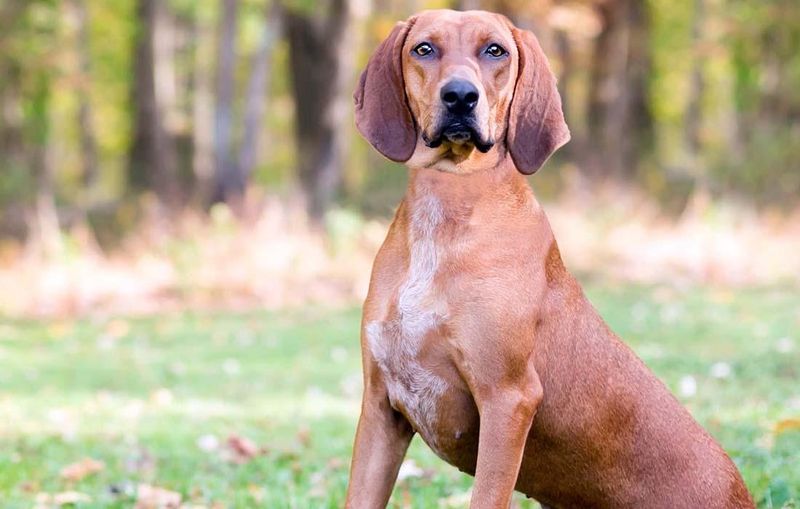
Developed in the American South, Coonhounds specialize in hunting raccoons during the night when these clever creatures are active. Their distinctive bawling howl lets hunters track their location through dense forests even in complete darkness.
Coonhounds use “cold trailing” – following scents that are hours old – to locate raccoons, then “tree” them by circling and barking until hunters arrive. These determined dogs will stay at a tree all night if necessary, their voices echoing through southern woodlands.
8. Rhodesian Ridgeback: The Lion Chaser
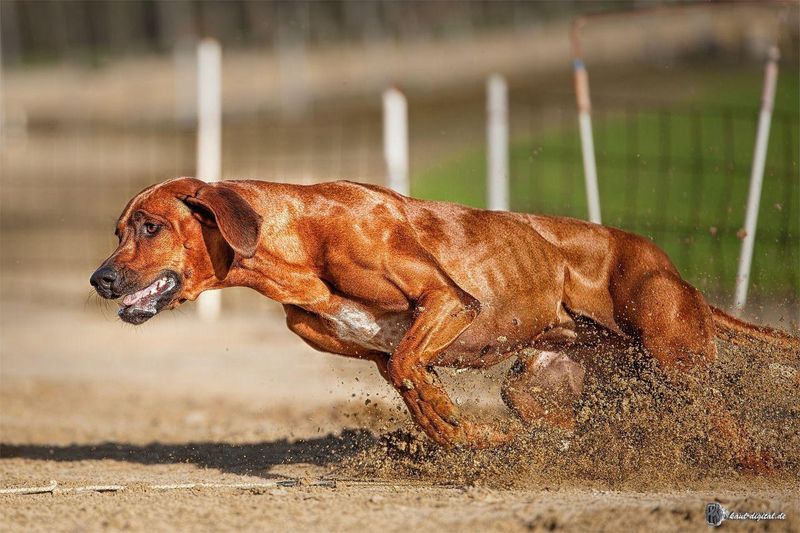
The distinctive ridge of backward-growing hair along their spine isn’t just for show – Rhodesian Ridgebacks were bred in Africa to hunt lions! These fearless dogs didn’t kill the lions but held them at bay through intimidation and agility until hunters arrived.
Originally created by crossing European breeds with native African dogs, Ridgebacks developed remarkable heat tolerance and endurance. They hunt using sight more than scent, silently tracking prey across the African savanna for miles without tiring.
9. Beagle: The Rabbit-Tracking Expert
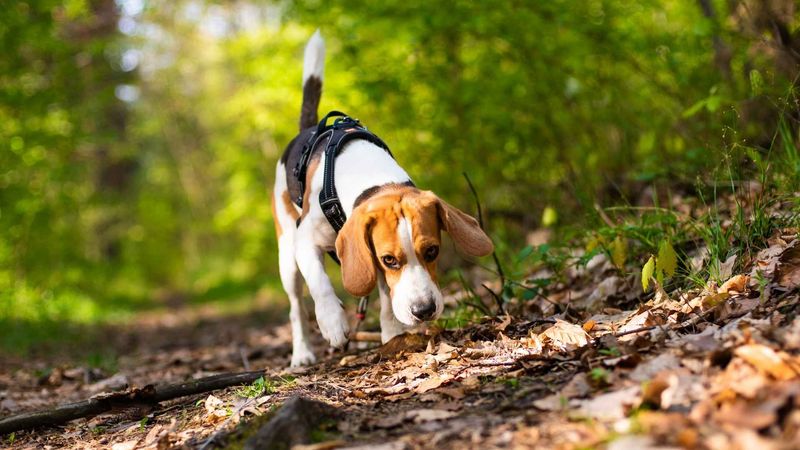
Beagles were bred specifically to hunt rabbits and hares with their extraordinary sense of smell. Their noses contain about 220 million scent receptors, making them one of the best scenting hounds in the world.
These compact hunters work in packs, communicating through distinctive howls and bays that tell handlers exactly where the prey is hiding. Originally from England, Beagles remain popular hunting companions for small game across rural America.
10. Airedale Terrier: The King Of Terriers
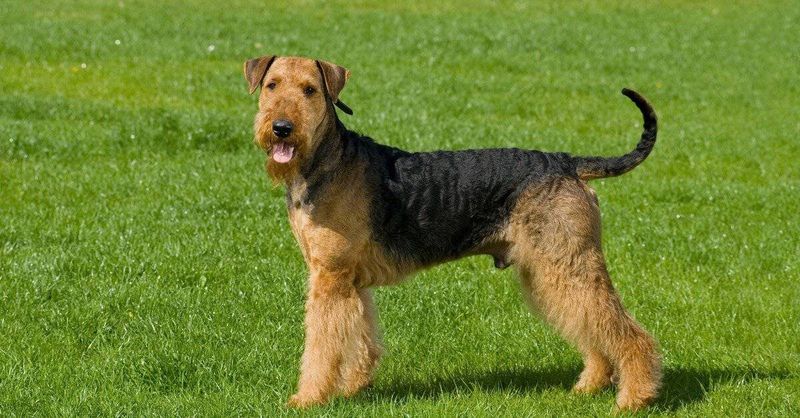
As the largest of all terriers, Airedales earned their “King of Terriers” nickname by hunting everything from rats to bears. During World War I, they served as messenger dogs and carried medical supplies to wounded soldiers on battlefields.
Farmers in the Aire Valley of England created this versatile hunter by crossing Otterhounds with terriers. The result was a dog that could swim after otters, dig out foxes, retrieve waterfowl, and even herd cattle – truly an all-purpose farm dog.
11. Vizsla: The Velcro Hunter
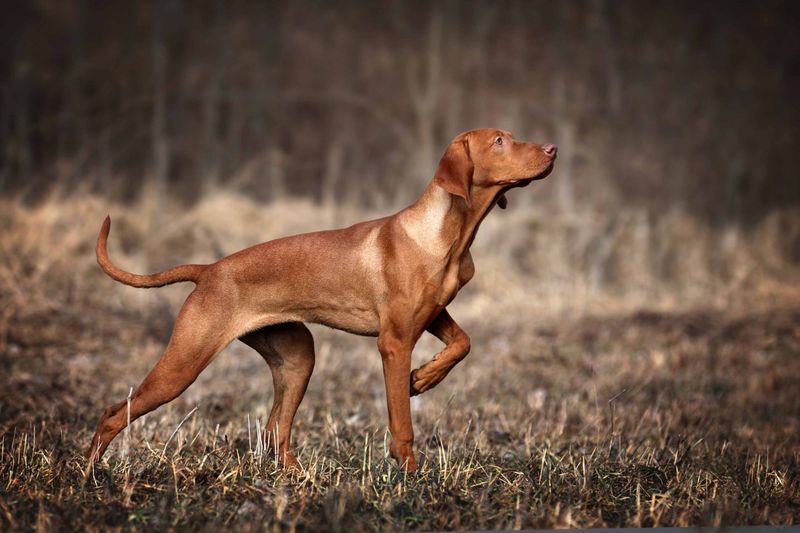
Hungarian nobility developed the Vizsla as both hunting companion and family dog, creating a breed so attached to their humans they’re nicknamed “velcro dogs.” Their distinctive rust-gold coat provided camouflage in autumn fields when hunting birds and small game.
Nearly extinct after World Wars I and II, Vizslas were smuggled out of communist Hungary to preserve the ancient bloodline. Their delicate tracking style involves holding their nose high to catch airborne scents rather than following ground trails.
12. Greyhound: The Sight Hunter
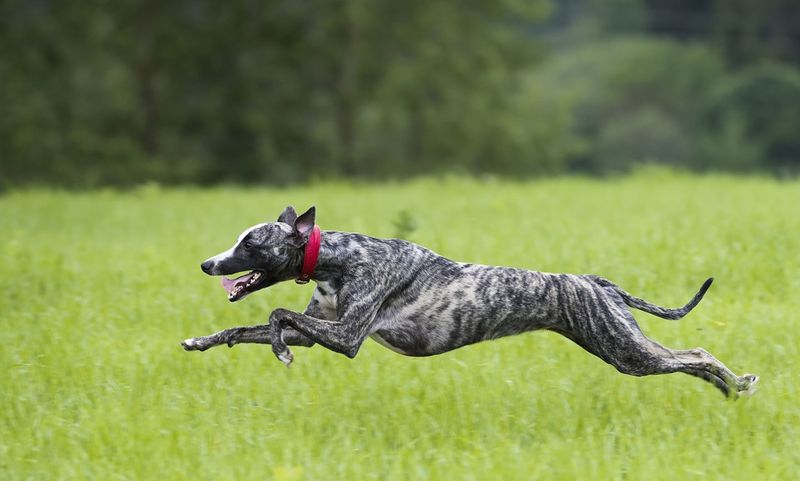
Unlike scent hounds, Greyhounds hunt purely by sight, using their incredible speed – up to 45 mph – to overtake prey in open terrain. Ancient Egyptians used these elegant hunters 5,000 years ago, making them one of the oldest purpose-bred dogs.
Their specialized “double suspension” running gait means all four feet leave the ground twice during each stride. A Greyhound’s enormous heart (proportionally larger than other dogs) and lean body create the perfect sprinting machine for coursing hares and other fast game.
13. English Springer Spaniel: The Bird Flusher
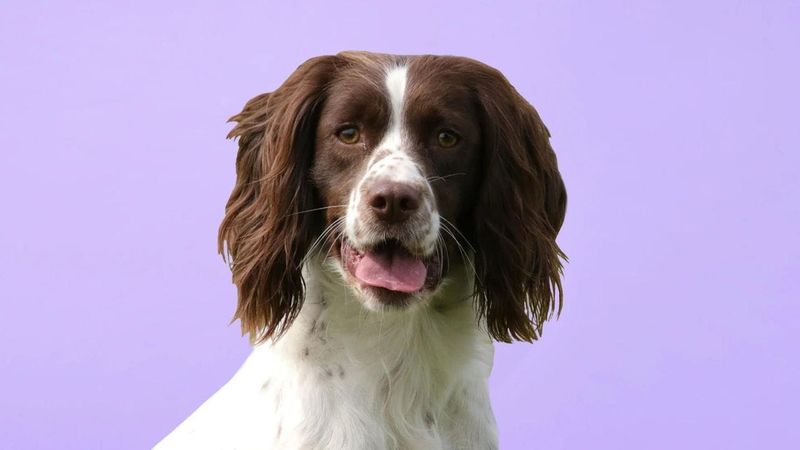
The bouncy, enthusiastic Springer gets its name from its hunting technique – “springing” birds into flight for hunters to shoot. Their medium size allows them to push through dense underbrush where birds hide, while remaining agile enough to retrieve fallen game.
Before firearms, Springers worked with nets, driving birds into traps. Modern Springers use their excellent noses to locate birds, then their boundless energy to flush them from cover. Their water-resistant coats and webbed feet make them capable retrievers in any weather.
14. Basenji: The Silent Hunter
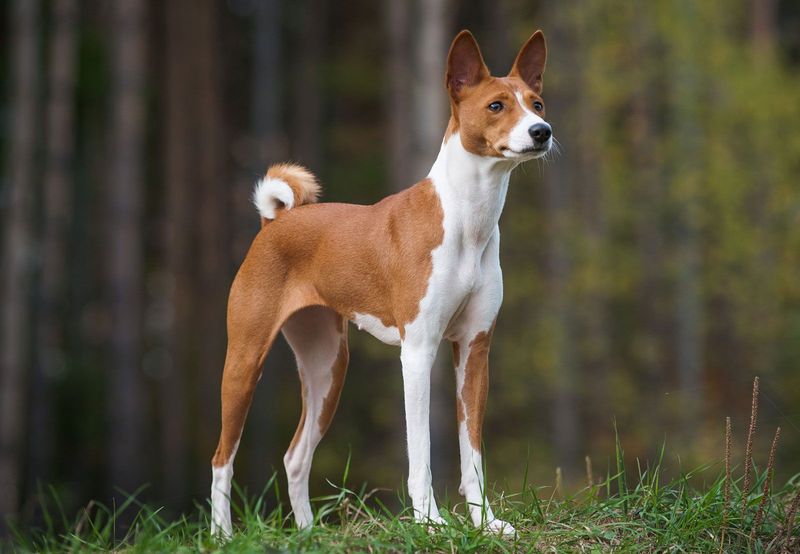
Known as “the barkless dog,” Basenjis hunt using sight and silence – perfect for not alerting prey in the dense African forests. Instead of barking, they make a unique yodel-like sound called a “baroo” when excited.
Ancient Egyptians prized these clever hunters, with Basenji-like dogs appearing in tomb paintings from 4,000 years ago. Their wrinkled foreheads and curled tails are distinctive traits that haven’t changed for millennia. Modern Basenjis still hunt using pack tactics to drive game into nets.
15. Rat Terrier: The Farm Protector
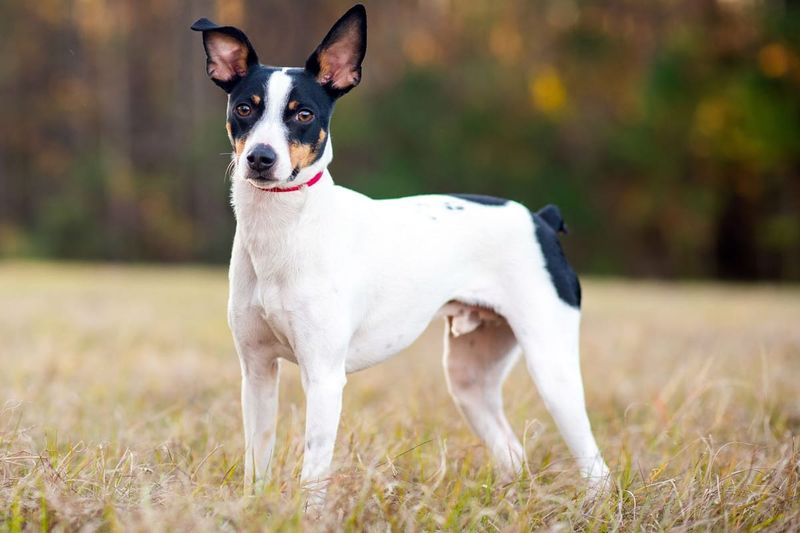
American farmers developed Rat Terriers to control the rodent populations threatening their grain stores and spreading disease. A single Rat Terrier could dispatch hundreds of rats in one day, with some farms holding competitive “rat killing” contests between dogs.
President Theodore Roosevelt gave the breed its name after his own terrier eliminated a serious rat infestation at the White House. These versatile hunters also excel at catching rabbits and squirrels. Their keen intelligence allows them to problem-solve while hunting, outthinking their clever prey.

